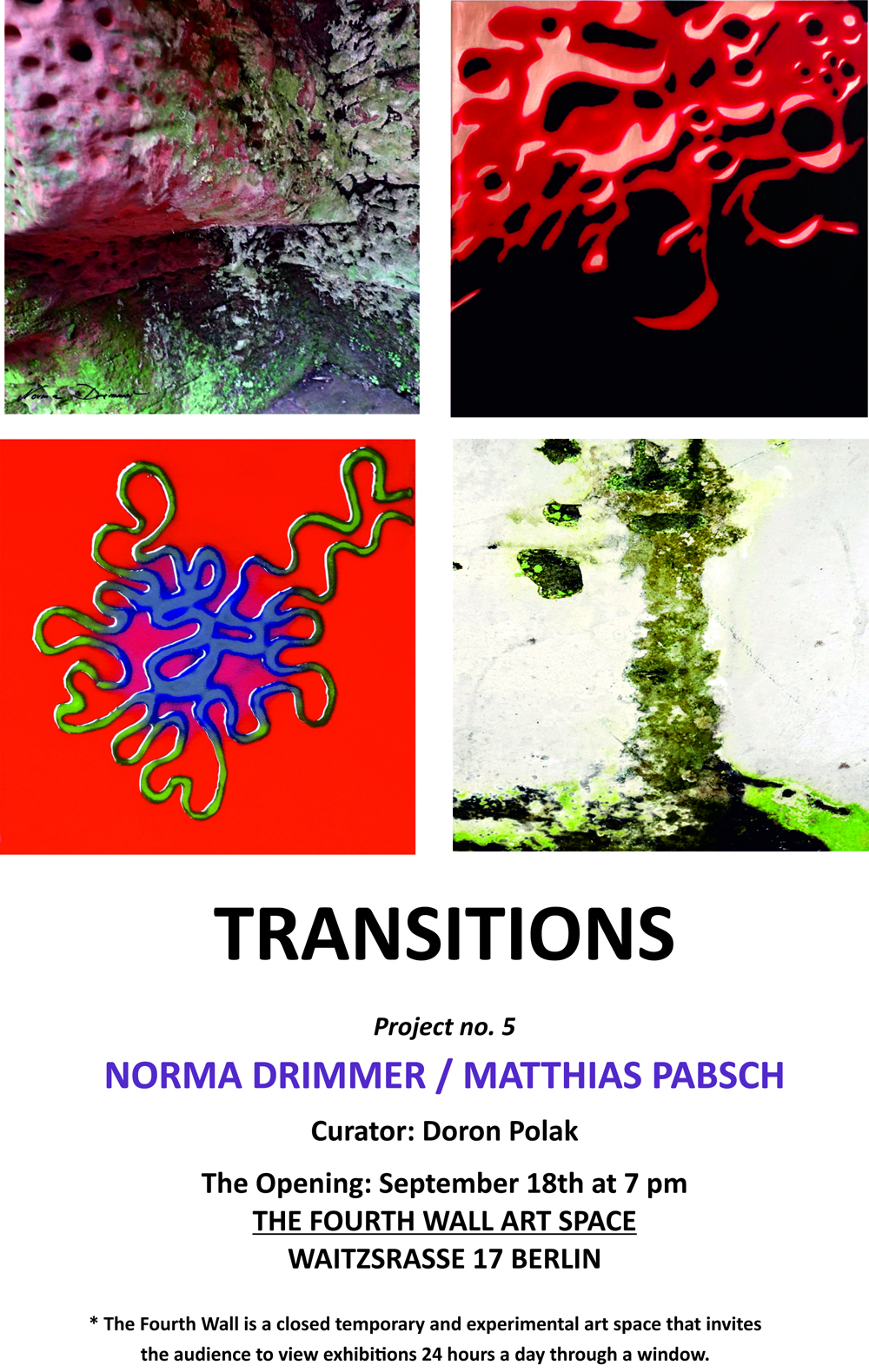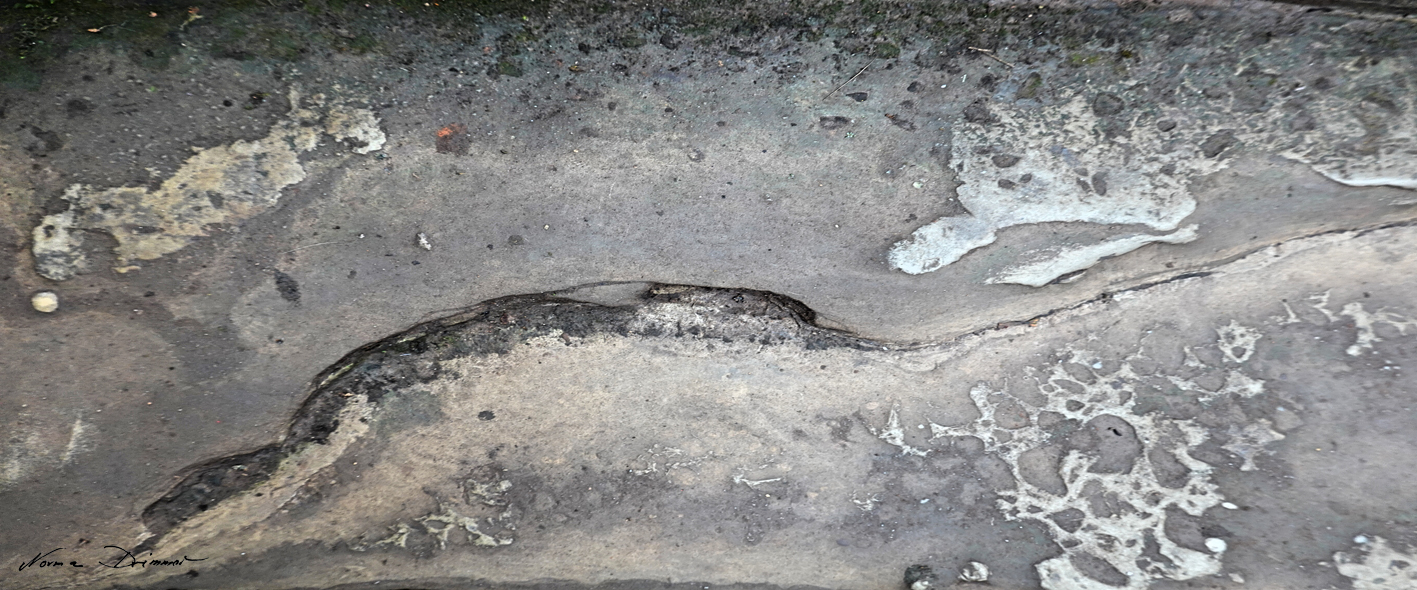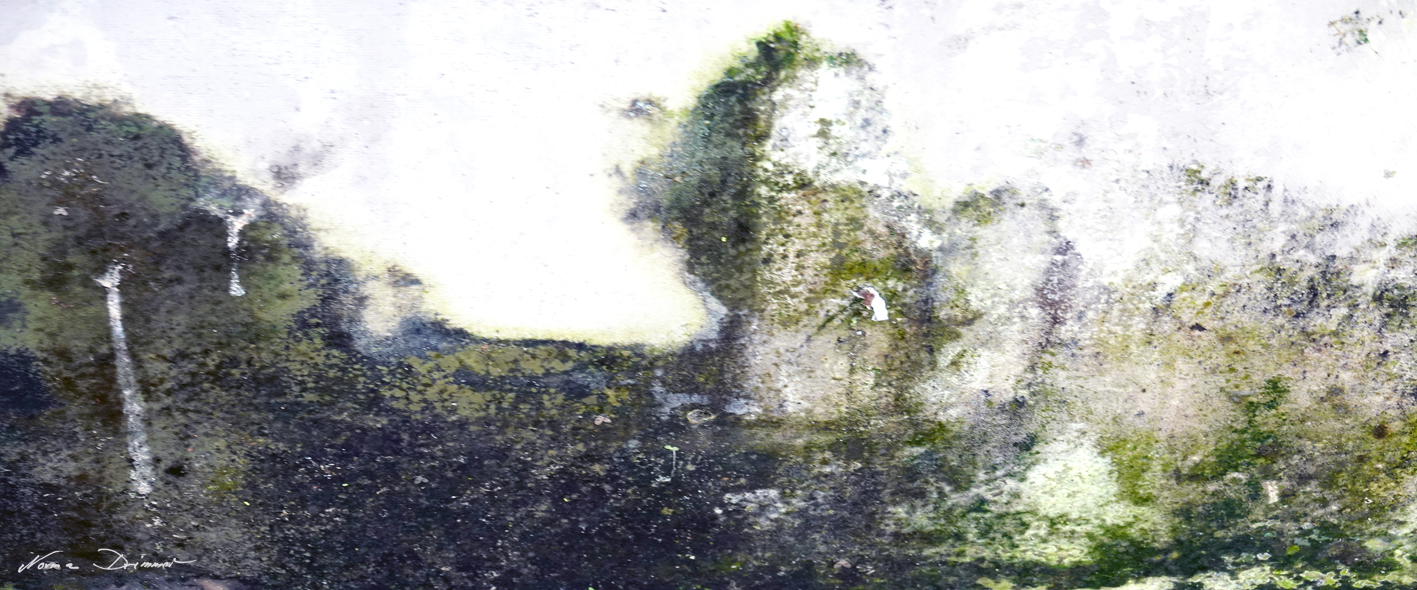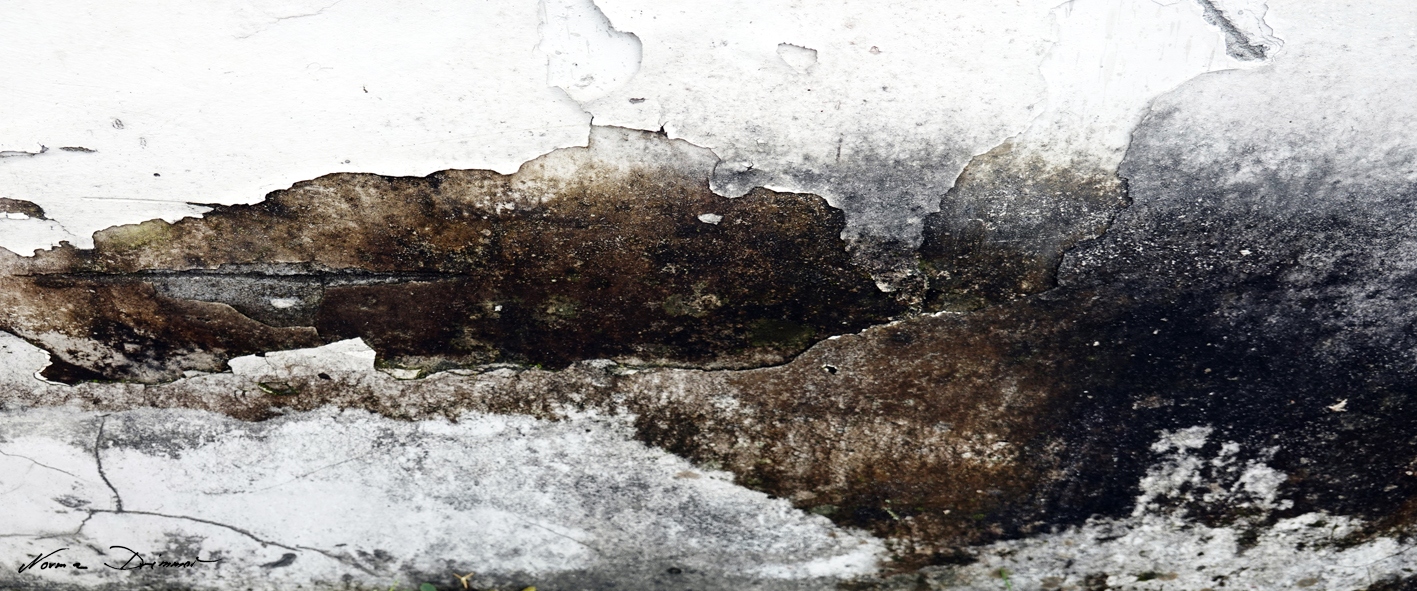Transitions
My leading questions in my work are about memories and narratives; they are about constant transitions of all that exists into other modes of being, including in our daily life. What does that mean in the overall picture that is our life? What does it mean in the overall picture of objects we have created when they change back– for want of a better word – into modes of nature?
History is about narratives and their inherent myth. Science is about research into transitions of elements, it is about mathematical, organic and other transitions and their inner mechanisms. Human narrative is also an effort to understand and to reveal the hidden in our so-called reality. Art is a different mode to approach the hidden processes and – in a very subjective way – to make them visible.
The works “transitions” were taken from walls in Chengdu, China. The city has more than 20 Million inhabitants with many transitional changes in the structure of its buildings, populations, history of ideas and modes of living. The walls, due to natural biochemical processes, slowly decay and, while being reclaimed by nature and before being pulled down to make way for newer structures, they testify for many transitions. It is a process that happens aimlessly when understood as a cultural phenomenon and follows only the laws inherent in science. Eventually this transition will destroy the walls. In them is inscribed the history of the human spirit that built them, the narratives surrounding the life within these walls and the history of another mode of understanding them, the scientific mode.
While still in balance the clash between these forces of civilization and nature seem to point to questions in our daily lives. Maybe that is what makes images of them so fascinating.
Norma Drimmer, August 2019








